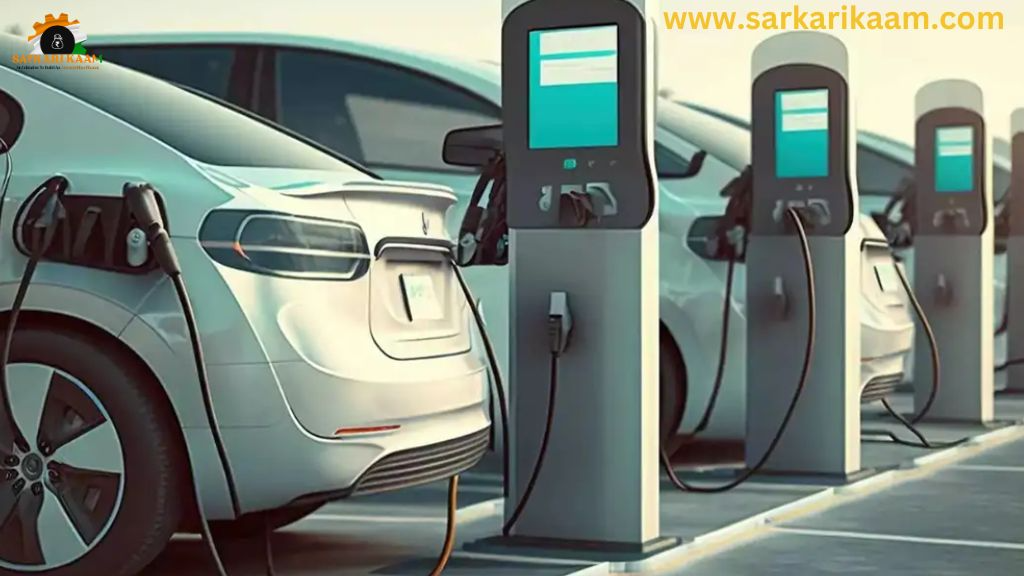
A decade ago, electric vehicles (EVs) in India were a curious niche—fewer than 54,000 registered on the road. Today, that figure has leapt beyond 2.8 million, thanks to a carefully choreographed set of policies that weave together purchase subsidies, manufacturing support and charging-network build-out. This coordinated approach is reshaping India’s transport landscape, driving both industry growth and environmental gains.
The Faster Adoption and Manufacturing of Electric Vehicles (FAME) programme has been the linchpin. Phase II of FAME, launched in 2019 with a ₹10,000-crore budget, offers point-of-sale incentives on buses, three-wheelers, two-wheelers and passenger cars. By cutting upfront costs, these subsidies have made electric scooters and buses visible in every corner of the country, helping riders and fleet operators embrace cleaner mobility.
On the manufacturing front, Production-Linked Incentive (PLI) schemes have ignited domestic assembly lines. The ₹25,938-crore auto-PLI scheme has drawn nearly ₹75,000 crore in investment pledges from automakers and component makers keen to build electric and hydrogen vehicles locally. In parallel, the ₹18,100-crore ACC-battery PLI is nurturing a nascent battery industry—initial approvals already cover 30 GWh of cell-production capacity, with more projects on the horizon.
Tax breaks and regulatory relief have further fueled the boom. Customs duties on imported cell-making machinery have been waived, while GST on EVs and charging equipment has tumbled to 5 percent. Battery-powered vehicles now sport distinctive green license plates, pay no road tax and skip permit hassles—a powerful lure for buyers weighing total cost of ownership against conventional petrol and diesel models.
Crucially, policy has also unlocked the charging network. Revised guidelines invite private players to install stations in malls, offices, metro hubs and along highways. Oil marketing companies have committed to rolling out 22,000 public chargers by 2026, while automakers such as Tata Motors plan vast fast-charging grids—400,000 outlets by 2027—backed by targeted government grants.
The impact is already measurable: foreign investment in the EV sector jumped 27 percent year-on-year in early 2024, and sales are forecast to grow at nearly 50 percent annually through 2030. By then, India could sell more than 10 million EVs per year and create around 500,000 direct and indirect jobs. This upward trajectory positions the country squarely on track to meet its 2070 net-zero transport goal.
Industry veterans say these successes stem from a holistic ecosystem approach. “It’s more than subsidies or tax cuts,” notes an executive at a leading EV manufacturer. “It’s aligning every lever—from manufacturing incentives and charging infrastructure to regulatory ease—so that market forces can take over.” As these pieces fall into place, India’s electric-mobility revolution is gathering unstoppable momentum—powering cleaner cities today and driving sustainable growth for tomorrow.


